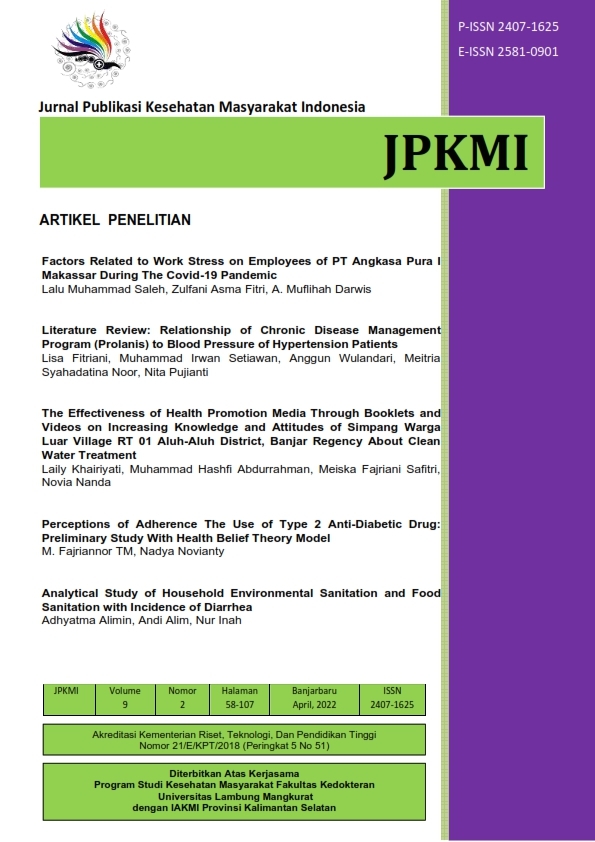Nasal Colonization of Staphylococcus aureus among Preclinical Medical Students: Implications as Future Sources of Infection in Hospitals
Date
2024Author
Handayani, Lidya
Susanto, Vincentia Amaranggana Zebada
Dewi, Desak Nyoman Surya Suameitria
Yuwono, Natalia
Siahaan, Salmon Charles P.T.
Metadata
Show full item recordAbstract
Staphylococcus aureus, a prominent human pathogen causing a range of infections, often asymptomatically
colonizes various anatomical sites, posing heightened risks to immunocompromised individuals. This study
aimed to determine the prevalence of asymptomatic nasal carriage of S. aureus among pre-clinical medical
students at Universitas Ciputra. Fifty-seven fifth-semester medical students participated voluntarily,
providing informed consent. Nasal swabs were collected twice, ten months apart, and S. aureus was
identified using standard culture methods. Descriptive statistics were used to analyze carriage prevalence
and patterns. Results indicated that 17% of participants carried S. aureus in their nasal passages. Almost
all participants (98%) exhibited mixed bacterial flora on nasal swabs, with only 2% showing S. aureus as
the sole organism. Methicillin-resistant S. aureus (MRSA) was detected in 10% of S. aureus isolates. Among
those sampled twice, 49% tested positive for S. aureus at least once, with 35% classified as intermittent
carriers and 14% as persistent carriers. This study underscores a notable prevalence of asymptomatic S.
aureus nasal carriage among pre-clinical medical students, highlighting their potential role as reservoirs for
bacterial transmission in healthcare settings.

